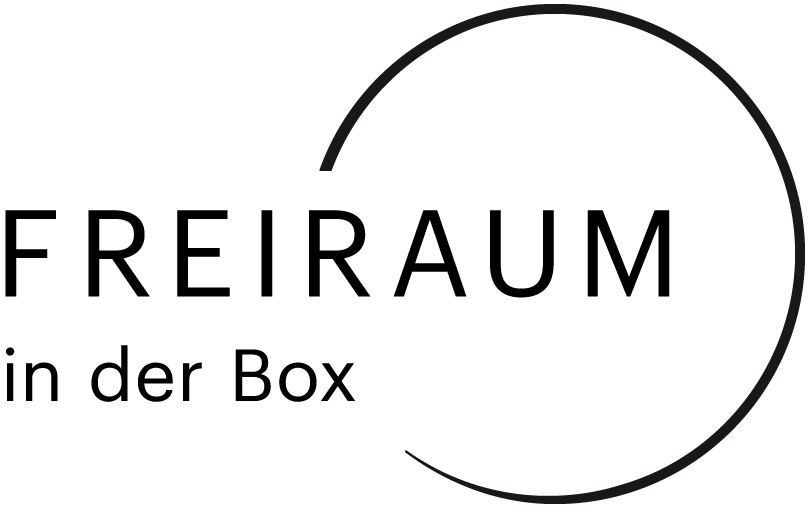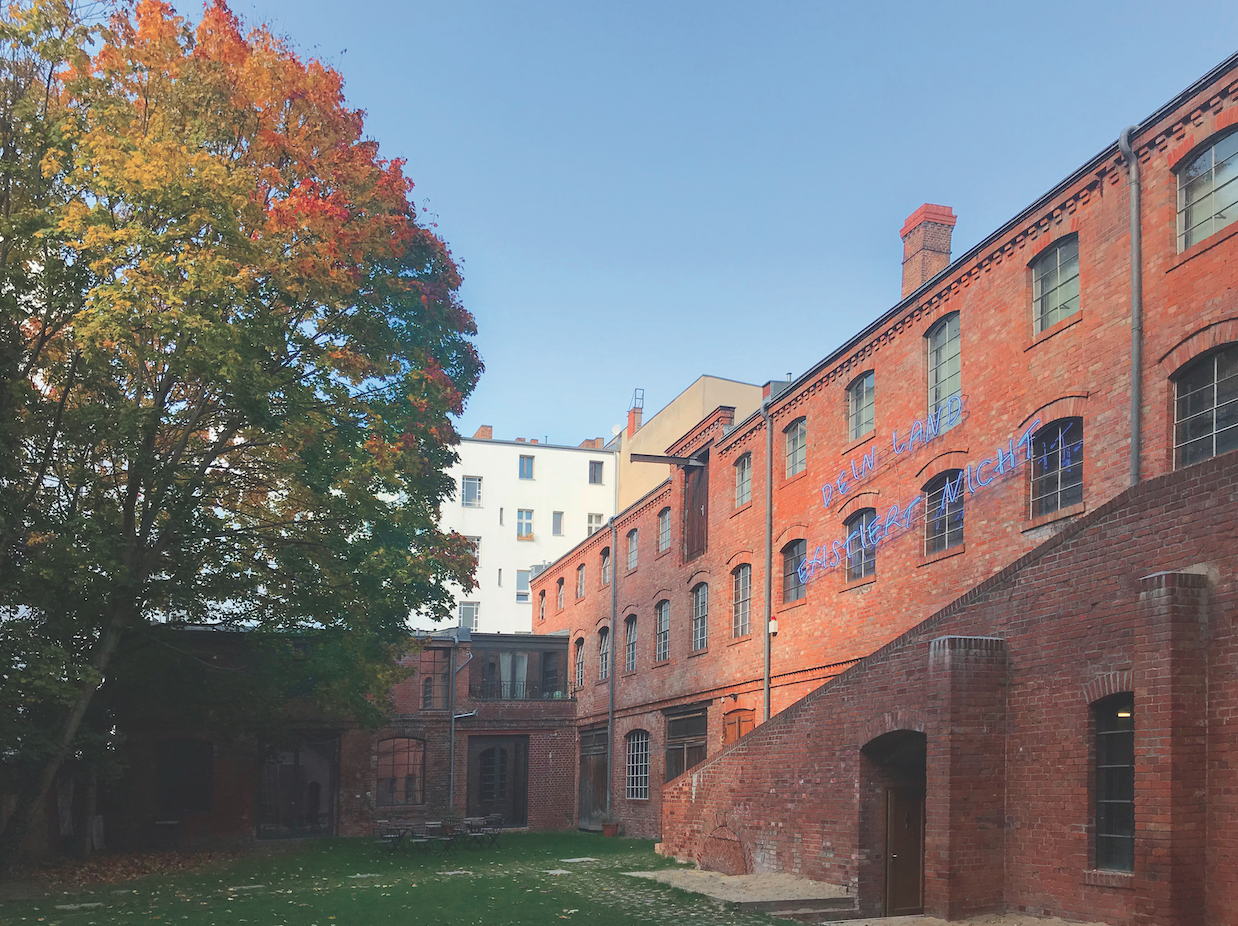As if, at Home - Artists in Europe
Group exhibition with Mirosław Bałka, Norbert Bisky, Michaël Borremans, Irina Botea, Valérie Favre, Lia Kazakou, Marie Lund, Šejla Kamerić, Flo Kasearu, Sean Scully, and other artists.
Curated by Jurriaan Benschop
Image: Flo Kasearu, still from Estonian Dream, video, 2011, detail
In an essay published in Der Tagesspiegel (5 February 2016), the Hungarian writer Zsófia Bán asked: "How many Europes are there, and how many should there be?" She points to the fact that historic events, such as the Second World War, have previously prompted us to rethink what Europe is. The current migration is another defining moment for Europe. It requires, in Bán's words, “a change of mind and a change of heart.” To reflect on the beliefs and values of Europe is not a matter of politics and journalism only. The perspective broadens as one includes the variety of voices that can be found in literature and the arts. Indeed, if one wants to know what European culture is, one should look at the arts.
In As If, At Home a diverse palette of European voices is presented. At the center is an exhibition with pieces by artists working in different parts of the continent. Some of them have a very personal relationship to questions about identity, the individual, or the question “What is home?” Others deal in a more abstract way with such topics, or find their motifs in memories, nature, or the history of art.
exhibition duration: 25/06/2016 - 31/10/2016
opening: 24 June 2016, 6 pm
Opening Hours: Wednesday to Saturday, 2 pm - 6 pm
Artist Talk:
with Miroslaw Balka, Valérie Favre & Ali Kaaf
Thursday, 1. September 2016, at 19 h
As If, At Home
Artists in Europe
Mirosław Bałka, 1958, born in Poland, lives in Warsaw
The Polish landscape of the Holocaust has been a strong reference for Mirosław Bałka’s work as a sculptor and film maker. In his work, materials are never just materials; they represent a certain history. The Fall (2001) is a silent movie showing grains of sand or some other fine material running from the top of the screen down to the bottom, as in an hourglass. Slowly the dark grains build up little hills at the bottom of the screen. It looks like a mountainous landscape is developing out of an abstract moving image.
Norbert Bisky, 1970, born in the former GDR, lives in Berlin
"I grew up in a country with a wall around it." Norbert Bisky’s personal history growing up in the GDR is for the artist a motive to plea for an open Europe, where people are free to move and cross borders. In his paintings, the artist touches on the perception and makeup of identity through cultural or political factors. While in his early works the paintings refer to the GDR, in later works, influences of travels to Brazil and Israel are incorporated. His paintings, such as 2014 (2014), invoke an apocalyptic play of forces, though transformed in an abstracted painterly world.
Michaël Borremans, 1963, born in Belgium, lives in Ghent
In the paintings of Michaël Borremans, an old-master technique invoking timeless beauty and longing is mixed with an imagination that hints at the discomforts of the present-day world. In a series of works on paper, Borremans reflects, in detailed figuration, on alienation, threatened individuality, and authoritarian or invisible systems that watch over or rule the individual. The pieces work, as the artist puts it, like “a knife in the eye.”
Irina Bucan Botea, 1970, born in Romania, lives in Bucharest and London
In multiple films, Irina Botea uses re-enactments to explore historical events in different settings. Often the events are connected to the history of her home country of Romania, or to the United States, where she has been teaching and living for several years. In Stereotypical Conversations (2006), a group of people adopt the perspective of “the other” to talk about themselves within the context of stereotypes. Four Americans--an actor, a composer, an artist and a theatre director--take on the personas of four Romanians and improvise a conversation based on quotes randomly extracted from online discussions in which Romanians express their opinion “on how the Americans are.”
Valérie Favre, 1959, born in Switzerland, lives in Berlin
Through recurrent motives such as “balls and tunnels,” “suicide” and “fragments,” Valérie Favre has developed a broad painterly spectrum, both figurative and abstract. The awareness of mortality seems to be one of the bigger stories that the artist is interested in. Yet through painting, she is able to deal with death and darkness in a light-hearted and festive way. Part of her work appears to be an explicit dialogue with European masters. In 2012, Favre started a series called Ghost, based on Goya’s Witches Flight.
Ali Kaaf, 1977, Syrian, born in Algeria, lives in Berlin
For his works on paper, Ali Kaaf uses not only ink and brushes but also flames. One could say that destruction of the material, by burning it, coincides with the creation of the work. For his glass sculptures, flames are a also necessary part of the process. The shape of the sculptures, with their characteristic nodules, is quickly formed in decisive seconds, while the glass is still fluid. The works are abstract, and explore contrasts like shallowness and depth, black and white, light and shadow. The helmets of glass are beautiful, fragile, dark and dangerous. They allude to the person wearing them, and yet the human figure itself is not visible. Instead, the work presents only the object that would shield the person.
Šejla Kamerić, 1976, born in the former Yugoslavia, lives in Sarajevo
In a poetic and suggestive way, Šejla Kamerić evokes thoughts about identity and wartime memories in films such as Glück (2010) and 1395 Days without Red (2011). A central concern in her work is how memory works and how film, as a medium, can evoke and transform memories. In the photo Bosnian Girl (2003), she uses existing graffiti, sprayed by a UN soldier onto a wall in Srebrenica, to project over her self-portrait. Thus, she refers to how an outsider looks at her.
Flo Kasearu, 1985, born in Estonia, lives in Tallinn
Using different media, Flo Kasearu addresses the post-1989 history of Estonia as a young country, questioning national identity and “the singing revolution” that led to Estonia’s independence from Russia. As the initiator and director of the Flo Kasearu House Museum, the artist reflects in both ironic, playful and serious ways on the notion of “home” and the responsibilities of a house owner. In her video Estonian Dream (2011), she uses footage of an Estonian girl reporting on YouTube about her home country and her new home in the United States of America.
Lia Kazakou, 1980, born in Greece, lives in Thessaloniki
Details such as the shadows produced by a fold in a jacket or the ornamental abundance of a flower pattern on a dress, draw the eye into Lia Kazakou’s paintings. The human figure is at the heart of her works, but little is visible of the figures themselves. Rather, there are only glimpses of skin, such as a hand coming out of a sleeve, or a filtered view of a woman’s back through a lace blouse—in fact, it is the clothing more than the body that comes into focus with exacting attention to detail. Kazakou’s paintings evoke a classic sense of beauty, yet the human figure is not shown as a balanced whole, but only in fragmentation.
Marie Lund, 1976, born in Denmark, lives in London
Marie Lund’s sculptures seem to show traces of a person’s presence, possibly the artist’s, as in her Hand Full series (2014-current), which consists of bronze casts of the interiors of her jeans pockets. The sculptural quality of the material and the patina that shimmers with a rainbow of colors suggest that we are looking at some aged imprint containing information about someone’s life, even though it is presented in an abstract way. In Torso (2014), we can see the impression of a pullover which has been cast in concrete, small traces of colored textile left behind, referring to the original clothing.
Sean Scully, 1945, born in Ireland, lives in New York, Barcelona and near Munich
Sean Scully's biography can be seen as a model for the mobile artist for whom the world, and not a specific country, is home. "I live in a way that destroys the possibility of any kind of nationalistic or narrowly prescribed artistic viewpoint," he remarks. While his early works show a geometric vocabulary, in recent years Scully includes a more emotional approach to painting.
In his Landline Inwards (2015), horizontal bands of color are painted on aluminium, mixing his interest in minimal, reduced forms with an expressive painting gesture.
Please send a short mail to presse@box-freiraum.berlin and we will send you the download link to the images with greater resolution.















